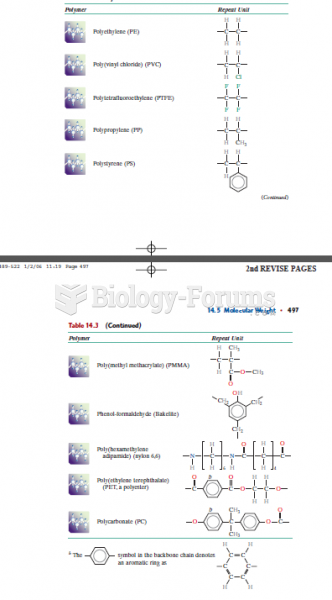Answer to Question 1
Popular reasons for inactivity:
I can't afford membership to a gym.
I don't have any exercise equipment.
I go to school full-time and work part-time.
I have to study when I'm not working or going to class.
I have friends and a family.
I don't have time to exercise.
Don't let those thoughts in Remember, instead, that you don't need special equipment, special clothes, or membership to a fitness club. All you need to do is what we are (physiologically) supposed to be doing: short bouts of activity throughout the day. For example, walk to your classes instead of driving. When you do have to drive to campus or the mall, park at the far end of the parking lot. Take stairs instead of elevators. Is the weather bad? Go out to the mall and walk. You will be active and will get to window-shop at the same time. Remember, our ancient ancestors didn't have exercise equipment or fitness clubs, either. But the required activities of their liveshunting food, building shelters, chopping woodkept them alive, strong, and healthy. The need for physical activity to stay alive hasn't changed today.
Answer to Question 2
The two types of anaerobic metabolism are the ATP-creatine phosphate (CP) system and glycolysis. The ATP-CP system provides immediate energy from ATP and CP, which are stored within muscle cells. This system can provide energy for very short durations, usually up to about 10 seconds. It is the main system behind actions such as a powerful golf swing, a 1-rep powerlifting movement, or a 40-yard dash. Glycolysis, the body's primary anaerobic system, is the dominant energy system in exercise lasting under 2 minutes--such as a 400-meter dash. In glycolysis, stored carbohydrates are broken down to produce ATP for energy. Because glycolysis can only burn carbohydrate for fuel, it draws heavily on your limited glycogen stores. Nevertheless, these systems provide immediate energy without requiring oxygen; this is the defining characteristic of the anaerobic energy pathways. Unfortunately, however, these energy-yielding systems are extremely inefficient. The ATP-CP system only lasts for quick movements, and glycolysis can only harness 5 percent of carbohydrate's energy-producing potential.






